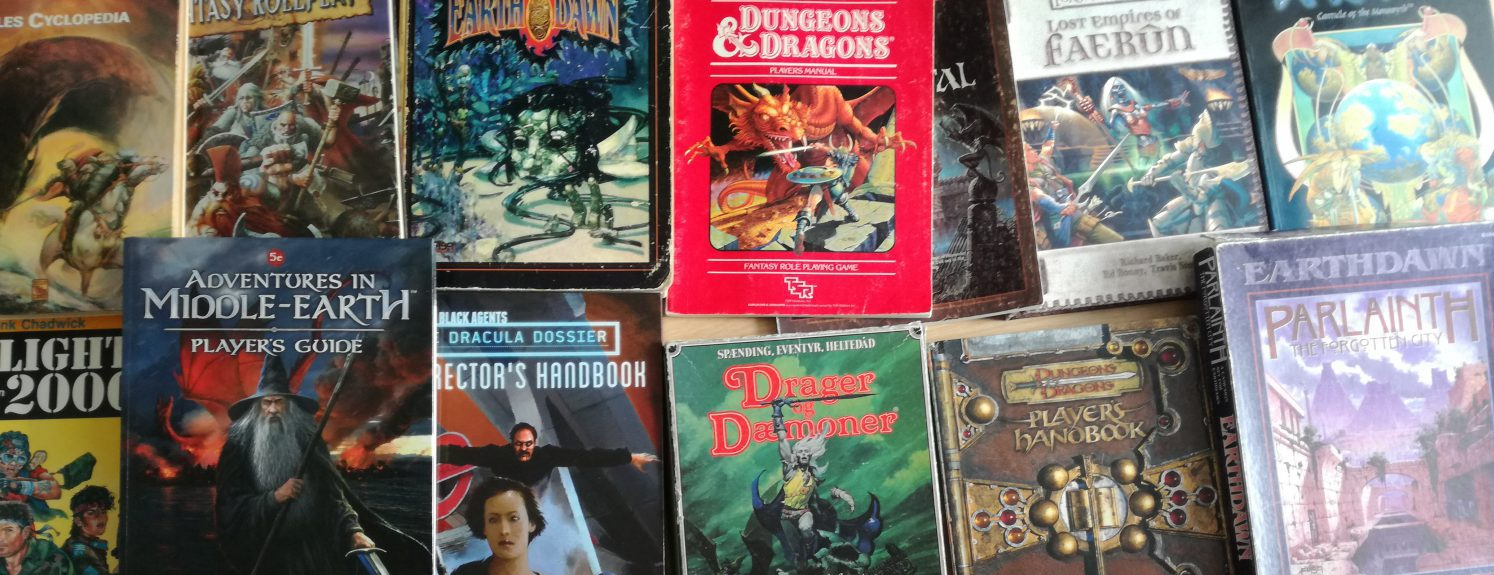I am trying to avoid adding complexity and sub-systems to my game, but for my campaign world to be thematically coherent I did decide to make a system for weapon materials, so there is a difference between bronze and steel. As the group is in a remote land, as part of the first settlement in this “undiscovered” realm, I try to enhance the need to be self-sufficient, add incentive to explore and find new things, and that when exploring you need to be selective in what you bring with you on your travels (I know, that consideration disappears when they get a big bag of holding…)

I’ve tried not to make it too punitive to the characters, but it should push them to carry alternate weapons, rest after encounters and take down-time to craft their own items and so on.
As magic weapons and armour slowly will become available, I don’t foresee this to still be a very relevant rule-set after level 10. But as mentioned, the rules are meant to create mood and atmosphere.
Weapon quality and material
As not all cultures have the same level of technology within manufacturing of arms and armour, different enemies will have weapons and armours made from various materials with various properties, strengths and weaknesses. As to not skew the combat rules overly, most of the materials have their most significant impact on weight, price and production time, which can be important far from civilization.
Damaging and breaking weapons and armour
Whenever a combatant rolls a natural 1 in combat with a weapon, not made from steel, he has to roll a DC 10 DEX ability check to avoid the weapon breaking. If he succeeds using the weapon still confers disadvantage until it has been serviced during a short rest.
Whenever a combatant is hit with a natural 20, his non-steel armour gets damaged and he loses 1 point of AC, until he spends a short rest mending the damage.
Steel
Steel can in the old world (almost) only be crafted by dwarves, who knows its secrets and can create the temperatures necessary to forge it. Their arms and armours are highly prized, also among its enemies, and can easily fetch several times the price of regular iron forged weapons.
Steel weapons don’t need to roll for damage or breakage, unless fighting against a foe with magical weapons or armour.
Medium and heavy steel armour weighs 10% less than iron armour, as it needs less material for the same level of protection.
Rapiers are a new type of weapon used by the wealthy in the City-States, and it can only be made from steel.
Steel weapons and armor costs around 5 times the listed price in the Player’s Handbook.
Half-Plate and Full Plate are always made from steel and cost the price listed in the PHB.

Iron
Iron weapons are the default weapons in the Player’s Handbook. They comply with the breaking and damaging rules above.
Half-Plate and Full plates cannot be made from iron.
Copper & Bronze
Both materials are weaker than iron, and when fighting against steel weapons they automatically suffer the effects of damage on a roll of a natural 1 or natural 20 (for armor). If fighting against iron weapons the normal rules for breaking apply.
Stone & bone
Stone weapons suffer a -1 damage penalty against iron and steel armour. However, some cultures have processes that make the stone hard as iron or steel. The weight is still greater than comparable iron or steel weapons.
Bone breast plate: Made from mighty beasts, these breastplates function as regular breastplates, due to the high level of craftsmanship and density of the bone used. They would be highly prized in their culture.
Scale Armour: scale made from regular scales of beasts or from thick bone chips work as a hide armour, but scales or bones from truly dangerous beasts or magically treated can work as a scale mail or splint mail, depending on the construction. The scales of these beasts are equivalent of iron, but can be broken by steel.
Magical weapons:
Magical weapons or armour cannot be broken through regular combat. Special significant events have to occur to endanger them, such as Elder Dragon fire, volcanos and epic level magic.

